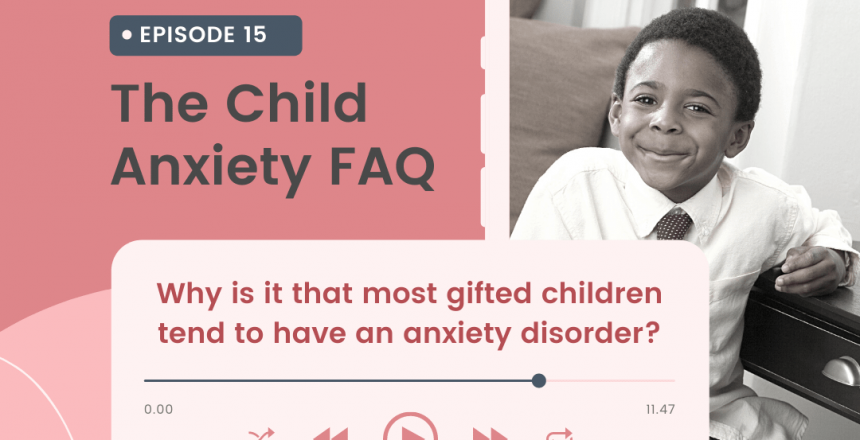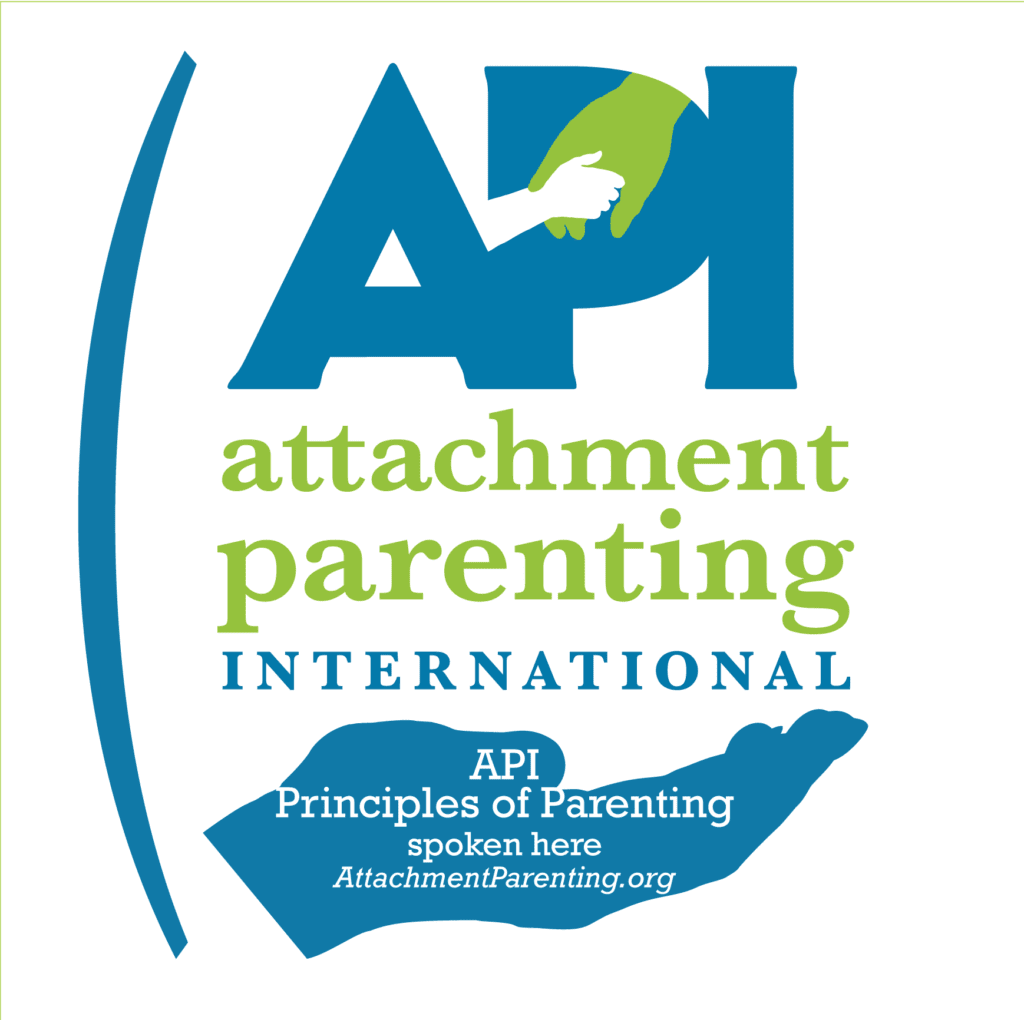Is failure to launch caused by anxiety?
First let’s talk about what failure to launch is. What do we mean when we use that term? Failure to launch is generally used to describe a young adult child who is struggling with the transition to adulthood.
Maybe they’re struggling to get a job, to get their own housing. Maybe they meant to enroll in school and haven’t been able to or have dropped out. Sometimes parents talk about their adult children who have difficult connecting with people their own age or out in the quote real world. Perhaps they aren’t keeping up with their responsibilities at home like cooking for themselves or their family or cleaning up after themselves.
But failure to launch in itself isn’t a diagnosis. It’s more of a cultural description about our social expectations for older teens and young adults and the way that some individuals struggle with these expectations.
And speaking of culture, failure to launch only exists in the context of these expectations. Some families may expect adult children to live at home for some time. Some parents may have different goals for their adult children. But when I hear parents use that term — failure to launch — I understand what they’re describing is their family’s frustration and worry about that adult child’s functioning. And that adult child may share that worry or may not.
So why might an adult child struggle in this way?
Well, we need to acknowledge that there are factors outside of the individual that may create these problems. For example, it’s a lot more difficult to move out on your own then when I was a young adult. Back then minimum wage in Ohio was $3.35 and my share of the rent was $187.50. Now minimum wage here is $9.30 but if I lived in that apartment today my share of the rent would be around $1200. Which is to say it was much easier to launch in the past. So let’s definitely acknowledge that.
Now back to the original question, is failure to launch caused by anxiety? And the answer is maybe. Sure, sometimes. Or anxiety may play a part. Like all things, it’s complicated.
But let’s talk about anxiety, specifically young adult anxiety that keeps that person feeling trapped at home longer than they want or perhaps longer than their parents want. Yes, that’s a thing. Absolutely. And it deserves care and attention.
One of the reasons I don’t like the term “failure to launch” is because of its emphasis on FAILURE. And my experience in working with those families is that everyone is already feeling overwhelmed with the idea of failure. Parents are dealing with criticism — why haven’t you kicked that kid out of there already? Why are you holding them back? And certainly the young adults themselves are facing their own sense of failure in not accessing whatever it is they believe they should be able to access by now. Failure just isn’t really a helpful way to frame it. Instead, like all developmental challenges in growing up, we can consider where and how people are getting stuck.
If we’re talking about anxiety specifically, the idea of failure is going to make everyone much more anxious. I think it’s more helpful to talk about lagging skills. That is to say, that the adult child is needing to work on and improve specific skills that will help them move on and launch.
We’ve said before that anxiety is about avoidance and it’s also about dread. I hear more and more and more from older teens who have very real dread about the future. And it’s no wonder if you glance at the news. They’re worried about being able to handle the demands and some of them become so overwhelmed that they freeze. That’s anxiety. What they need from us is help to face those fears, tolerate the distress of stepping out of their comfort zone, and adults who believe in them.
As parents, when children — even adult children — are struggling or have struggled or have faced very real challenges and setbacks, it’s hard not to steel ourselves for more of that. We may unintentionally send a message that they are not prepared to handle the quote “real world” end quote. We may do this by rescuing them or by second guessing their choices when they do make an attempt to reach out. We may try to take charge by calling their bosses or college instructors or making ourselves necessary when really we’re supposed to be making ourselves obsolete.
These are hard lessons for parents. Again, with anxiety, it makes sense that we fall into these parenting pitfalls where we mean to help and instead perpetuate the anxiety. If we do too much caretaking, too much interfering, too much helping we end up sending the message that they can’t handle things on their own.
What I’ve heard some parents say when we talk about this is, But what if they CAN’T handle things on their own. What if they really can’t? Well, then we work on creating baby steps to move them forward and to put ourselves out of a job. It’s not an easy 1 – 2 – 3 kind of plan. It’s a tricky, sticky, deeply individualized plan.
I’d recommend that the adult child get their own counseling and that the parents get education and support, too, separately but complementary. The adult child has their own work to do but the parents will need to learn and understand how they can best support them in reaching their goals. If the adult child is unwilling to get counseling, the parents can still do their part and get their own help.
The SPACE program, which Child Anxiety Support is partially based on, has been shown to be effective in helping families who are struggling with launching. You can see what I have to offer or go to spacetreatment.net to find other practitioners doing this work.



